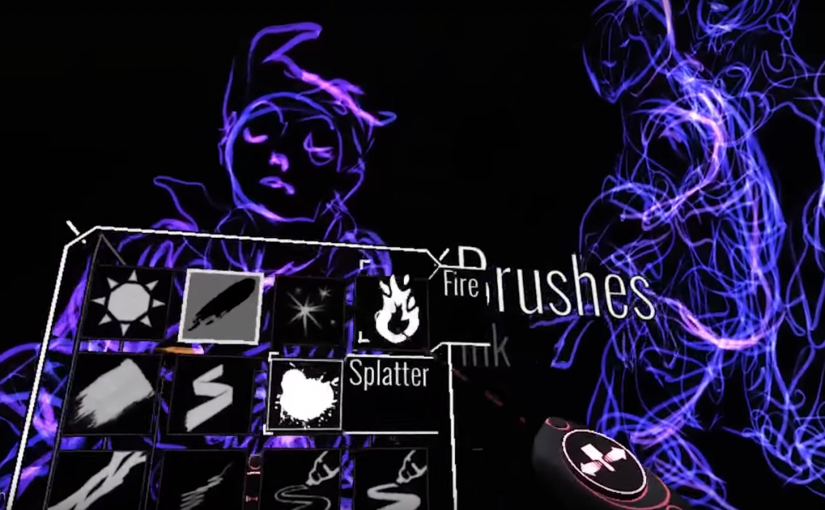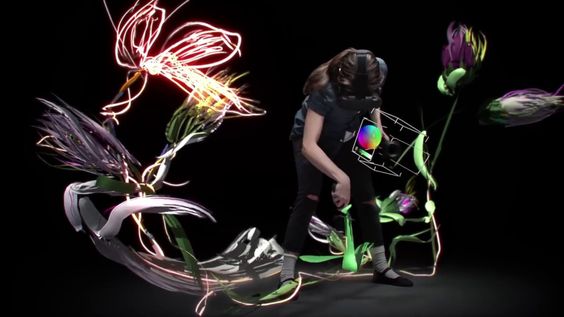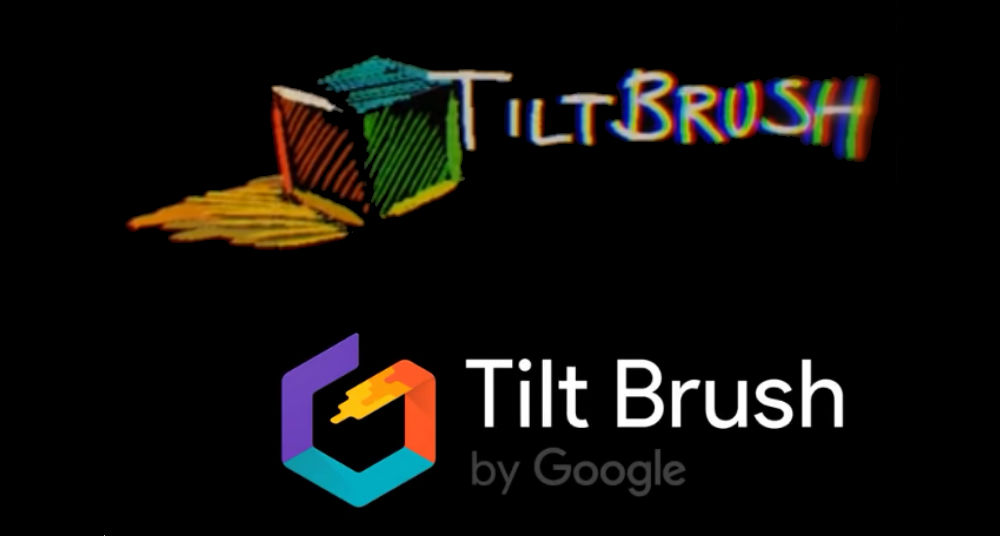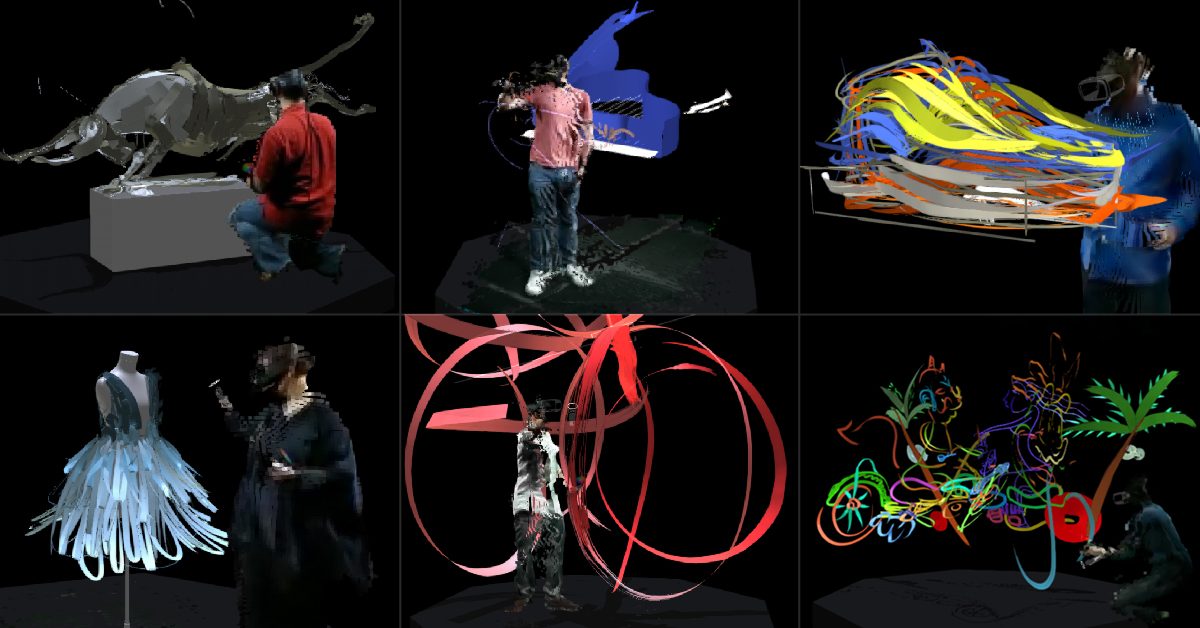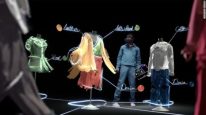AUGMENTED REALITY Guide -what you need to know- PART IV
AR FOR YOU!
The last part of the article series „Augmented Reality Guide -what you need to know“ gives an introduction about AR options for you as an individual, concerning the own creation of AR content as well as the diverse consume of AR content.
So first of all, HOW CAN I CREATE MY OWN AR CONTENT? – Of course, there are a lot of different apps, softwares and hardware devices which vary in price and quality but if you are a beginner in AR, want to experiment a bit, get a feeling of AR production and do not want to spend a lot of money, favourable apps would be: Zappar, Blippar, EmotionsAR or Aurasma. They are not just free, they are good to understand and easy to use. Aurasma, for example: you just need to login, upload your desired images, add and specify the overlay as well as positioning and after you have finalised all necessary data, you save your project and that’s it!
After covering your AR production, the following is about YOUR AR EXPERIENCE. I was researching for the the most popular and immersive AR apps –of course, just the free ones- and here is a resumé:
If you are into discovering new products, brands or sales you should try Zappar or Layar. Just scan certain product codes or advert and it will begin to move, inform and motivate you for interaction. This kind of marketing is an upcoming trend and is really building up a relationship between the product or brand and the consumer (read more about AR in Marketing in part III).
You want to experience AR in a creative and imaginative way? –Check out:
Ink Hunter: to try different tattoos on preferred places of your body and get a very clear idea of how it would look like.
Amikasa: to design and plan floors or single rooms in 3D. By using furniture and decor from real brands you can incorporate your individual style to create a personal dream interior.
Gabsee: to create your own avatar that is representing you in Augmented Reality. Personalize your avatar with specific clothing, give him a face by taking a selfie and let him do whatever you want.
And for those who want to enjoy AR in a playful way in the frame of a game: Next to the most popular AR gaming App Pokémon Go, there are other variations, too. Their concepts and basic ideas are similar to pokémon go but they vary in figurative content – to make a long story short: there are not pokémons jumping around your environment but rather zombies, dinosaurs or ghosts. Check out Zombies Go, Ghost Snap or Claw Hunter.
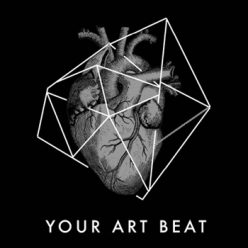
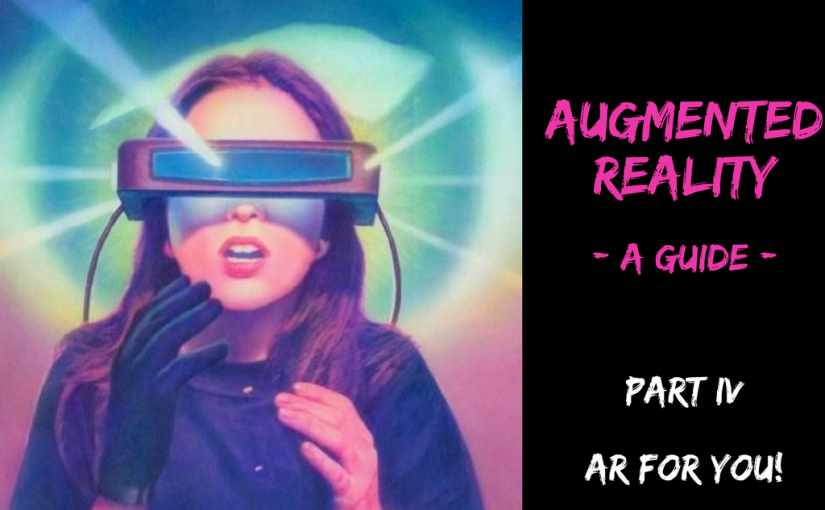
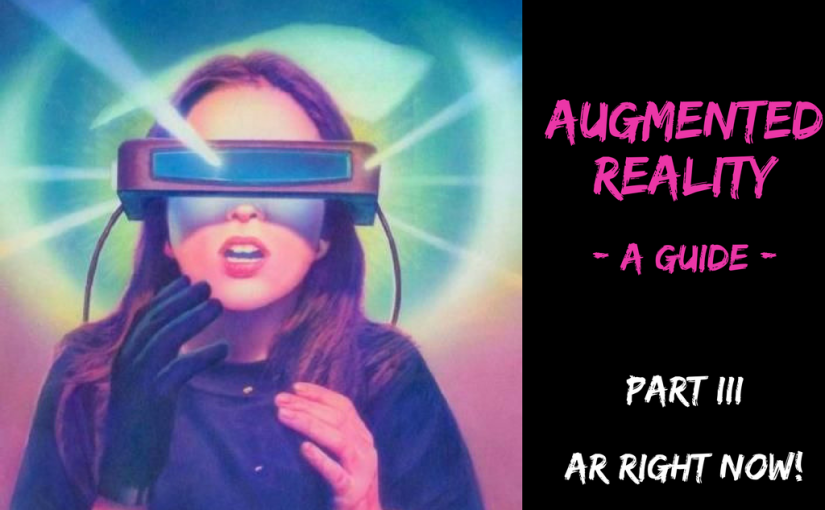

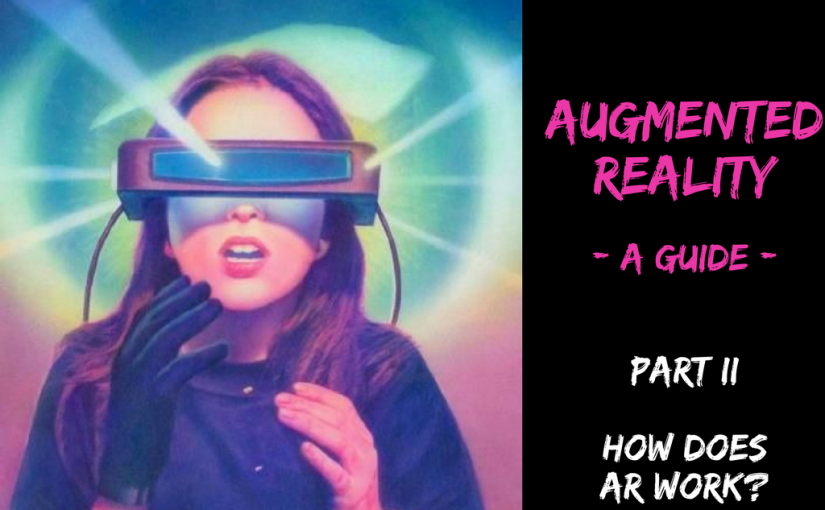
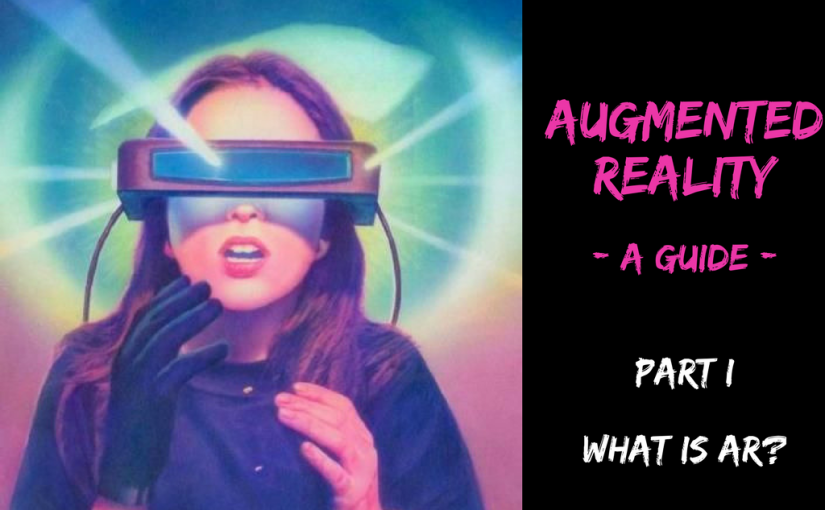
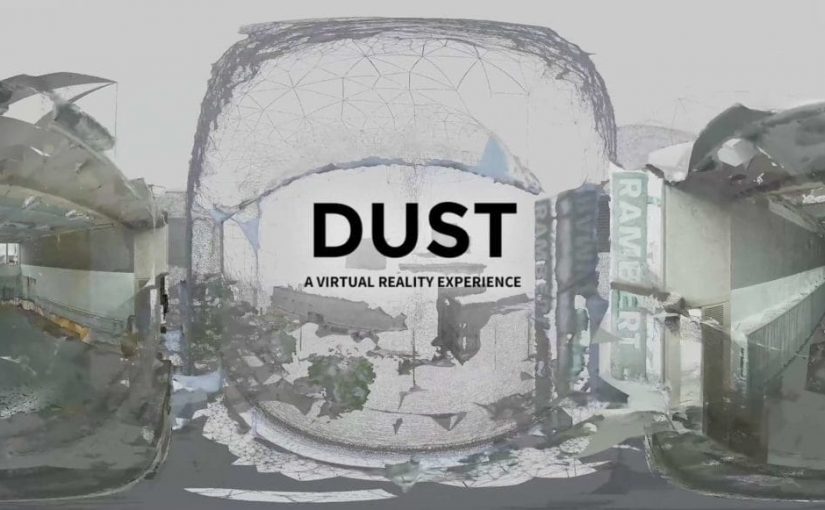
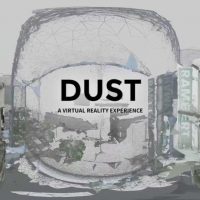 I just found a new vvvv made artwork, a virtual reality experience in the sense of contemporary dance, called DUST. It is working on a construction of movable 3D recordings reflecting dance moves or ballet performances.
I just found a new vvvv made artwork, a virtual reality experience in the sense of contemporary dance, called DUST. It is working on a construction of movable 3D recordings reflecting dance moves or ballet performances.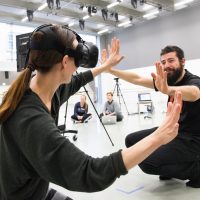
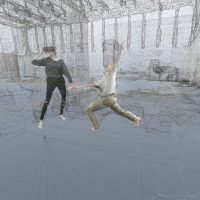 They say this special experience of contemporary dance is not only building a deep emotional connection to humans’ origin, it sways the sense of time, space and movement, too. I think the following words of the two DUST-creators Mária Júdova and Andrej Boleslavsky express the potential and enrichment of this new „medium for contemporary dance“:
They say this special experience of contemporary dance is not only building a deep emotional connection to humans’ origin, it sways the sense of time, space and movement, too. I think the following words of the two DUST-creators Mária Júdova and Andrej Boleslavsky express the potential and enrichment of this new „medium for contemporary dance“: